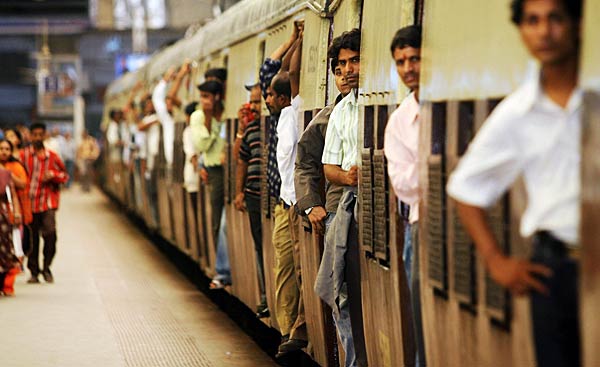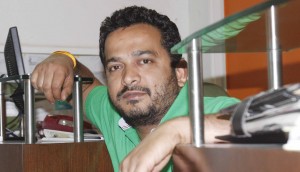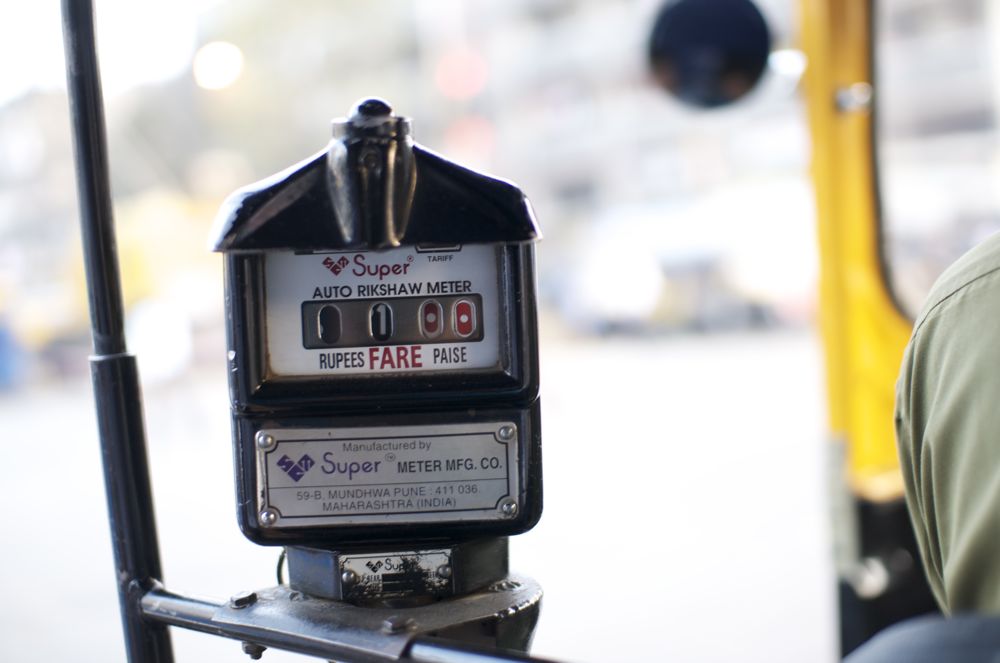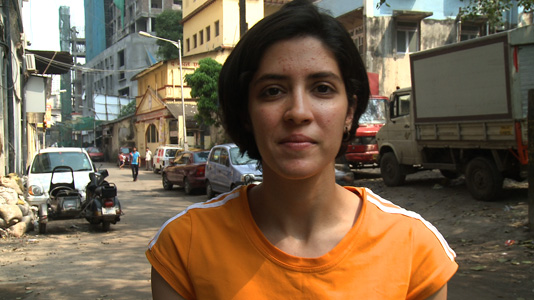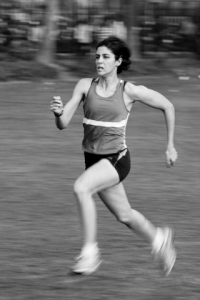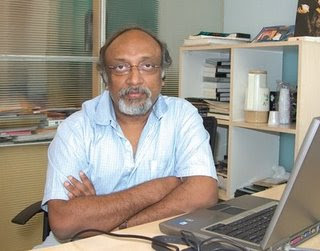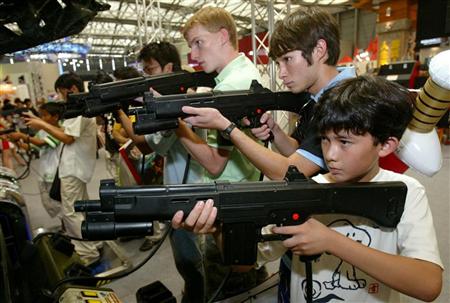Runa Dey left Mumbai for the US in 2006 but still misses Indian food and the recliners at Infinity Mall.
Part IV of the ‘Away from home’ series.
 I was 26 when I left Mumbai in December 2006. I’ve been here ever since. I live in Houston, Texas, and I currently work at SunAmerica Financial, a part of AIG.
I was 26 when I left Mumbai in December 2006. I’ve been here ever since. I live in Houston, Texas, and I currently work at SunAmerica Financial, a part of AIG.
My husband Sarosh is with JPMorgan Chase and he was promoted and relocated to the US. The move for me meant excitement at a prospectively easier lifestyle, trepidation at the thought of leaving a great job at HSBC with amazing people and hoping to find employment again, and topmost was the anxiety about the disconnect from all familiarity, as all our immediate family and dear ones are based in Mumbai or India for the most part. To think that I’d decided I’d only marry a Mumbai guy (which I did), so I could always live close to mum; I was never charmed by the ‘NRI /US resident’ tag. Oh, well!
My last day at work was a Friday, and I used the weekend and Monday for last meetings and goodbyes. There were farewell lunches and dinners, and I got a ton of advice about the US from people who have never been to the US!
I don’t recall a lot about leaving home for the last time: I did what I always did before a significant event, prayed at the little altar in the bedroom, touched Daddy’s picture on the wall and returned my set of keys to Mum – that was awful, I don’t have keys to my home in Mumbai since then. I recall waving to Mum and my brother at the window, bumping into neighbours, the goodbyes and blessings, the last-minute hugs and kisses, dinner with the in-laws. My cousin and her husband dropped me to the airport, as I wanted my brother to be with mom instead of coming to drop me.
The smiling lady from British Airways Meet and Assist escorted me all through….we chit-chatted about working at BA (I’d worked there prior to HSBC), last-minute calls and texts. The flights were comfortable and uneventful. When I reached Chicago, the immigration officer processed my documents and said, ‘Welcome to the United States, Ms Dey’. And it hit me, stronger, a lot harder than when the pilot‘s voice floated over the PA…I was in the US now; my daddy joked with me as a kid, that I should move to US and how it’s the perfect place for me. Guess Daddy knows best!
Chicago was snowing and the flight was delayed from 5 pm to an 8.30 pm departure. I called Sarosh about the delay, bought pink lemonade at the airport because the colour was beautiful, had two swigs and dumped it – I still hate it to this day, gross! Then I spent the delay ruminating over what I had left behind and what was in store ahead.
I finally reached Houston past 10 pm. Sarosh was overjoyed to see me after two months; likewise for me. We drove home, noticing the differences – road signs, driving directions, the apartment at Kirby Drive. When I stepped into my new home, the carpet was soft and warm as I took off my shoes. Warmth always feels like home, and home it was!
I spent the first few days over my documentation – state ID, SSN, bank accounts, etc – and the weekend in San Antonio, a two-hour drive from Houston for a belated first anniversary celebration.
Houston isn’t huge on public transportation at all, everyone drives everywhere, so that was a big to-do. As it was the holiday season, everything was cheery and Christmassy, with lights and trees. The local residents are wonderful overall. Houston is a very courteous city, there’s chivalry and manners and a lot of privacy! The time zones weren’t as bad as the change in schedule – from an 8 am in Mumbai where phones and emails abound, to waking up and doing nothing, knowing nobody, life was in slow mode. I don’t think adapting to the city was exceptional, maybe because Mumbai is equally big and busier. I do see the small-town Indians locally who literally rediscover life here. My adapting was more to do with not being around my loved ones. I did get homesick, and probably more so, because I had time on my hands. Life was easier and more comfortable for sure, but also an endless weekend for the most part.
I love Houston –the quality of life is well paced. No pollution and filth and eve-teasing. I feel safe here. It has a thriving employment market and a dynamic social scene. A lot more space to live in, no cubby hole apartments. Everything is indeed bigger in Texas!
What I learnt after moving here was what doesn’t kill you, only makes you stronger. I am more self-sufficient, I don’t rely on others now. Mumbai had me pampered beyond reason. I am now an early riser and domestically adept, ha! The biggest changes are life itself, our family grew, first with a pet, Zizou, then with a child, Xerxes. Becoming a parent, building a house, coming from a family with a no-pets policy… moving to the US means having Zizou in my life forever and for always.
I don’t have plans to settle back in Mumbai as of now. But not come back for even a two-week vacay? Nooooooo!
What I miss most about Mumbai… I live away from my loved ones and I love them even more. Apart from them, the local food. Indian food is crappy here. The beaches…I don’t have easy beach access where I live. And the blankets and recliner seating at red lounge Infiniti, Versova. The multiplexes here don’t hold a candle to Red lounge, sorry AMC and Cinemark!
Runa Dey was a Borivli resident before she moved to Texas, USA. Her pet dog, Zizou, is her first love.
Diaries is a weekly series of stories on an issue. The ‘Away from home’ diaries are stories of Mumbaikars who have left the city for a space of time.

